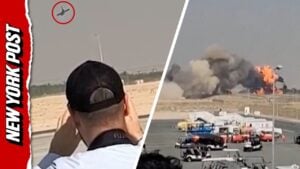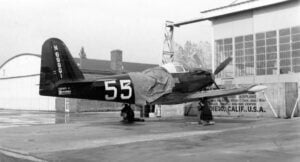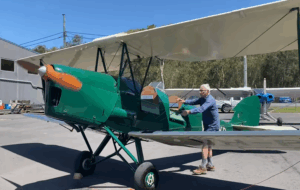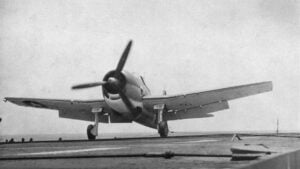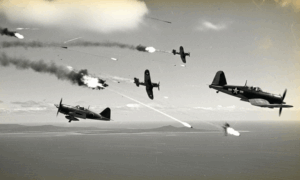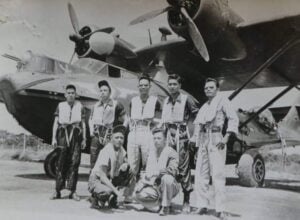Could You Survive as a Spitfire Pilot in World War Two?
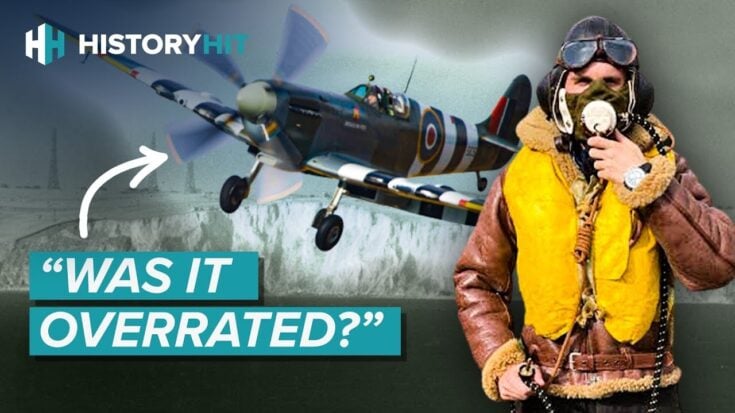
YouTube / History Hit
Arguably the most famous British fighter of all time, the Supermarine Spitfire was the most widely produced and strategically vital single-seat fighter used by Britain during World War II. More than 22,000 were built during the war—each one helping to turn the tide in the skies over Europe.
In this piece, History Hit’s Luke Tomes visits the Battle of Britain Airshow at the Imperial War Museum Duxford to dive into the pivotal moments that made the Spitfire a legend—and the men who flew them.
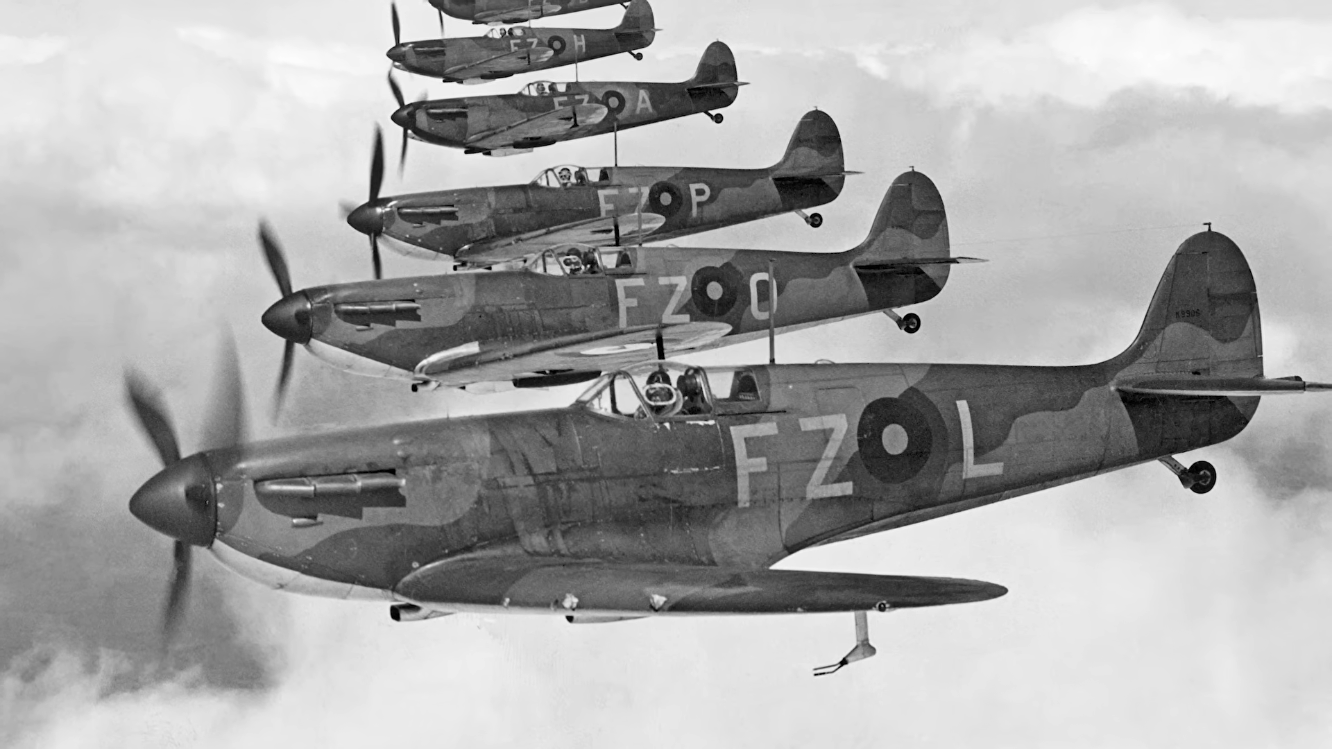
A Thoroughbred from the Start
The Spitfire’s story began in the mid-1930s when engineer Reginald Joseph Mitchell designed the prototype to meet Air Ministry specs calling for a fast, high-performance fighter with wing-mounted machine guns.
When the prototype first flew in 1936, few could’ve guessed it would become one of the most iconic aircraft in history. From the start, pilots called it a thoroughbred—elegant in design, smooth to handle, and deadly in a fight.
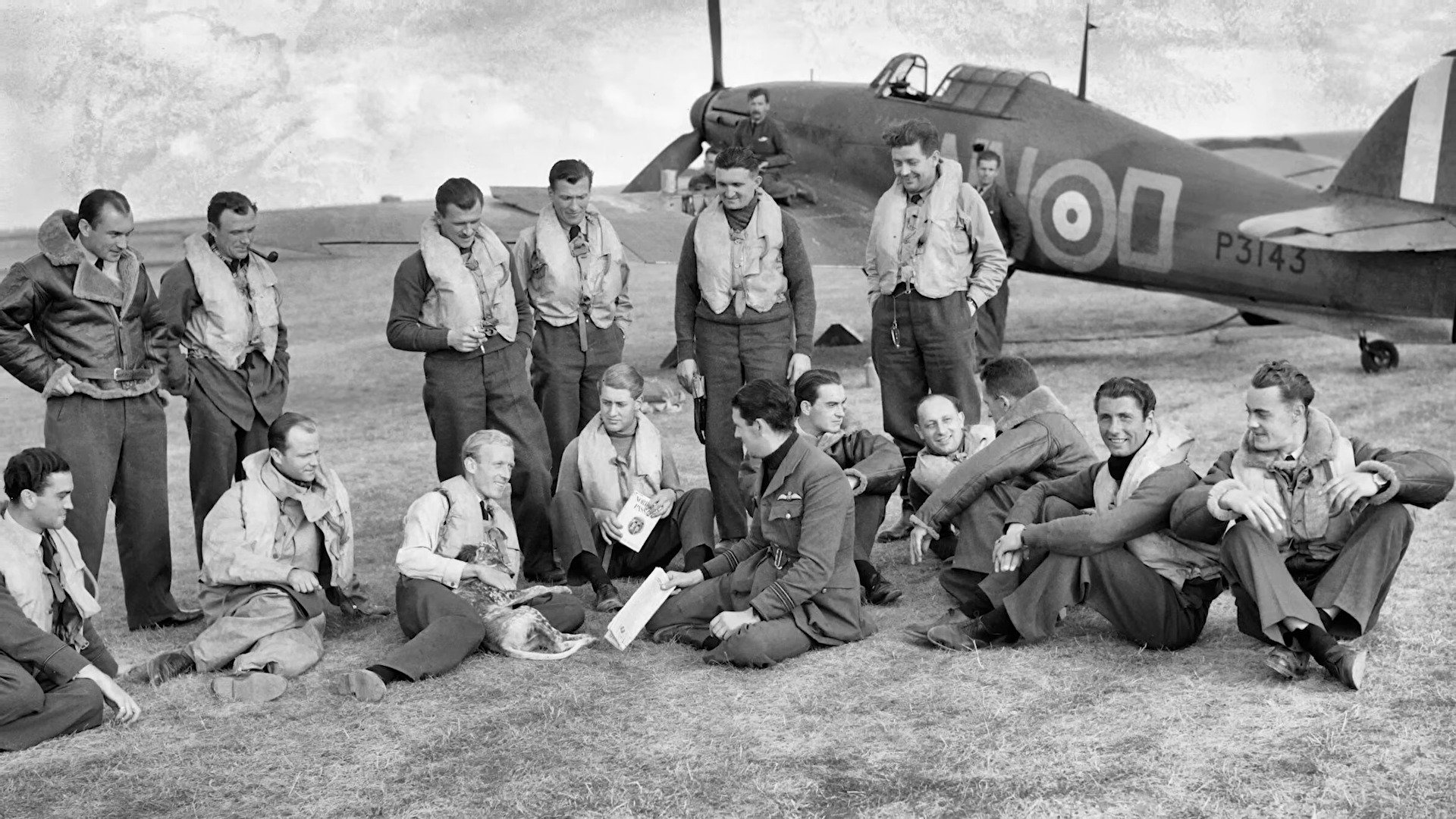
Its speed and agility made it a standout in combat, especially when facing the German Messerschmitt Bf 109. During the Battle of Britain in 1940, the Spitfire proved more than a match for the Luftwaffe and became a symbol of resistance at a time when Britain stood alone.
The Pilots Behind the Legend
About 3,000 aircrew took part in the Battle of Britain. Many were pre-war regulars and reservists, but a significant number came from beyond Britain’s borders—around 500 to 600 were foreign pilots, including Czech and Polish exiles, along with fliers from the Commonwealth and the United States.
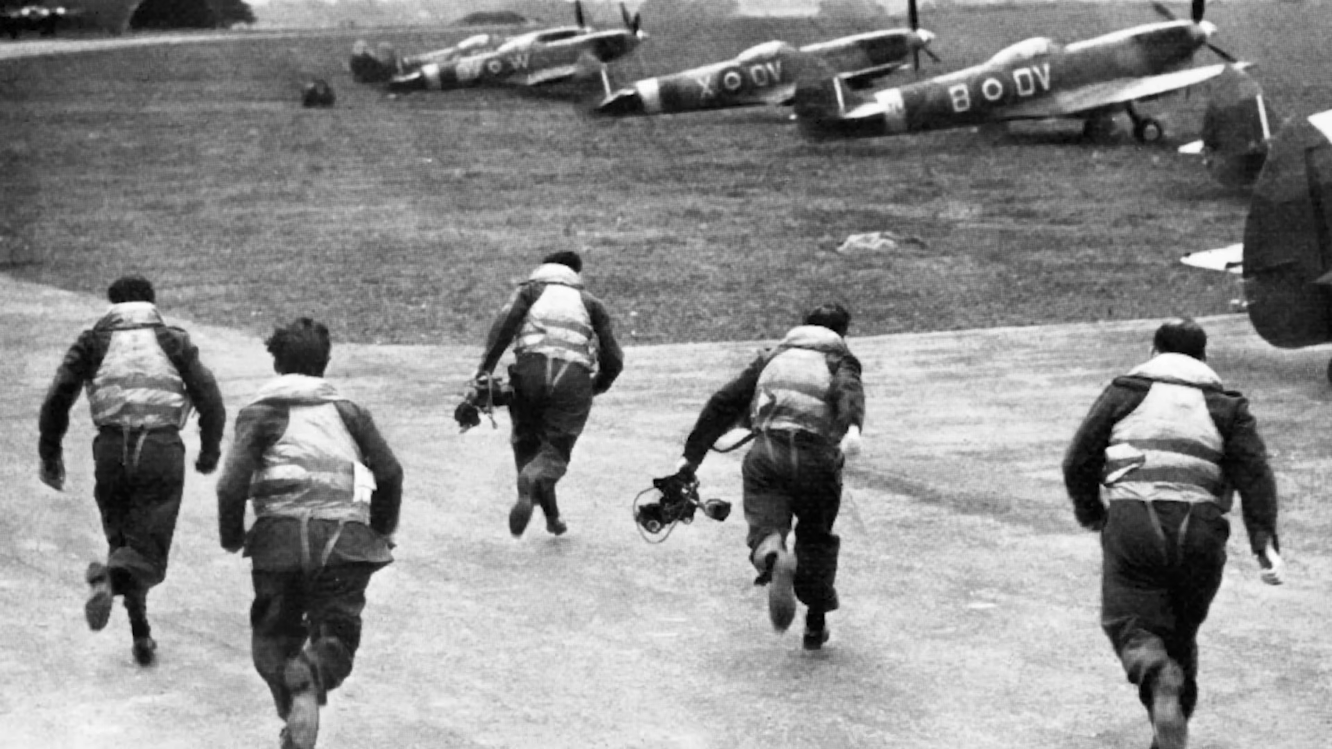
Roughly 200 came from a public school background, but the rest were a mix of middle and working class. In those days, if you had the skill and the guts, you could be a fighter pilot.
Learning to Fly a Legend
So what did it take to train a Spitfire pilot?
John Romain, founder of the Aircraft Restoration Company, breaks down the process. First, pilots are selected based on prior tailwheel experience—a must for flying vintage warbirds. From there, they transition into the T-6 Harvard, a powerful tailwheel trainer that helps prepare them for the next step.
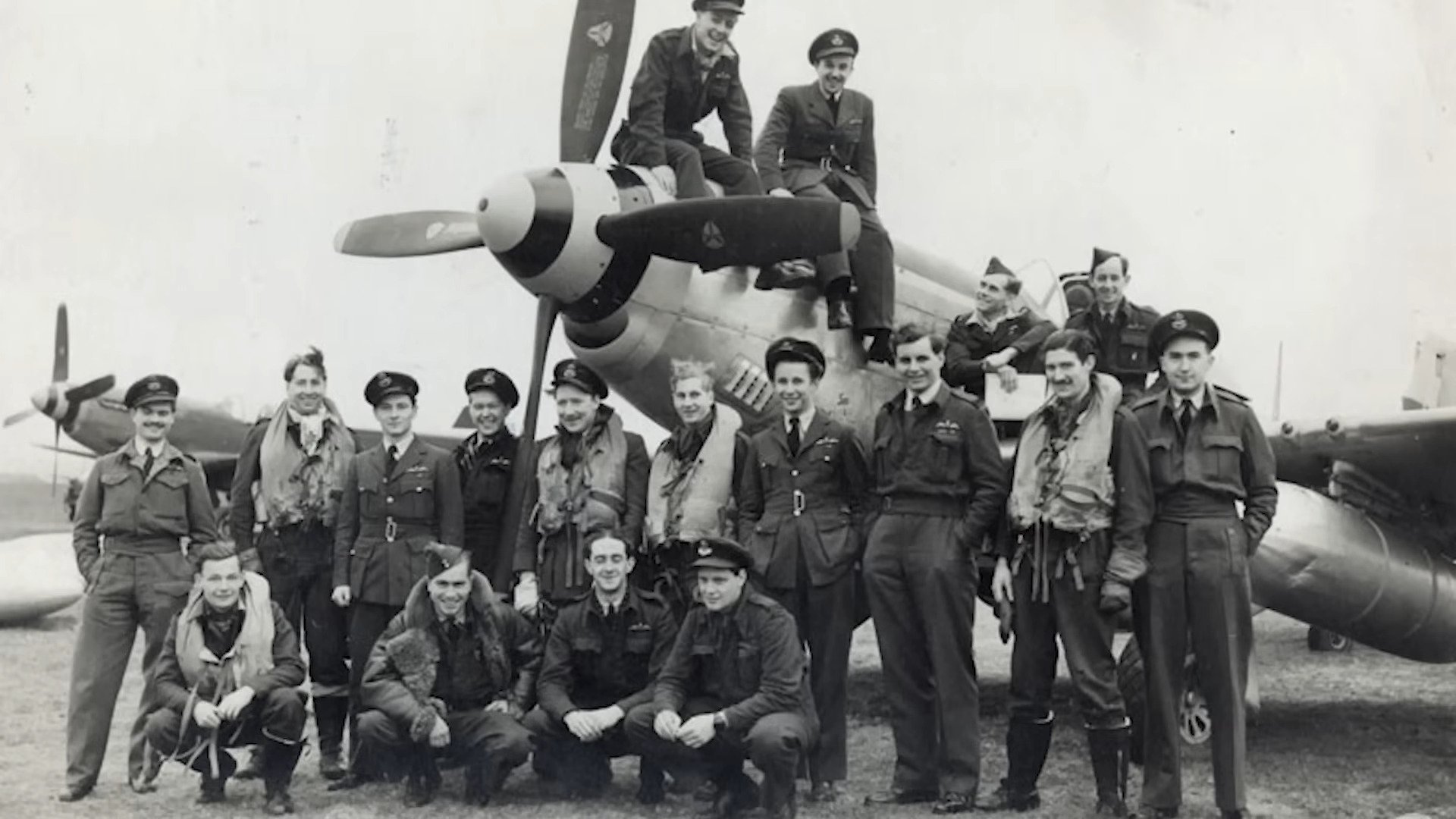
Eventually, they move on to two-seat Spitfires—modern conversions not available during the war, but invaluable for training today. Once they’ve logged enough time and mastered the handling, they’re ready for the real thing: a single-seat Spitfire.














